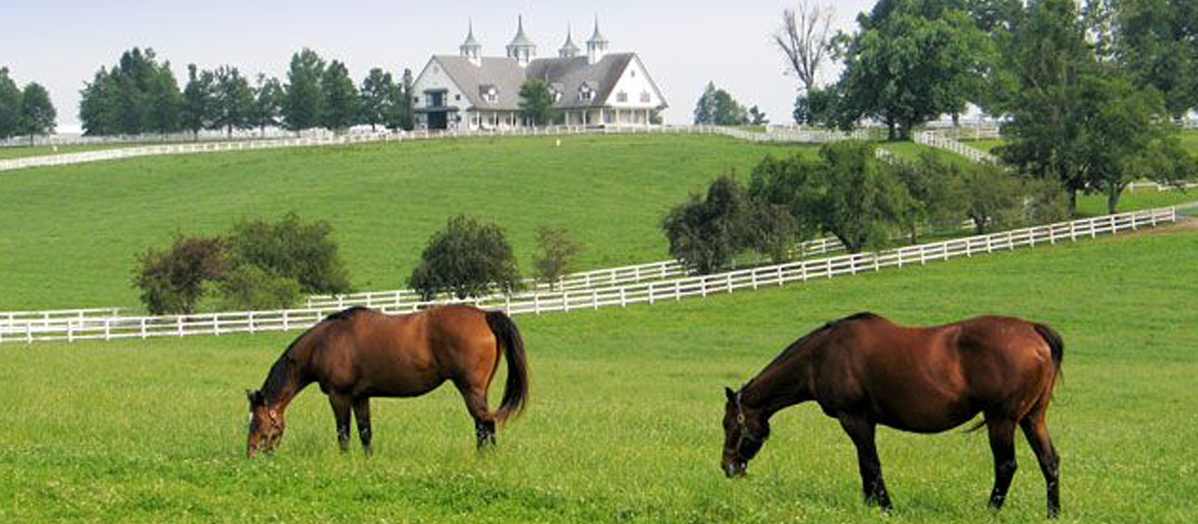365 Days in Horse Country – Maintaining Beautiful Manes and Tails

Long, flowing equine locks give a horse a wild and romantic presence. The quality and quantity of a horse’s mane and tail are largely the result of genetics, but you can do a lot to help things along while at the same time spending quality time with your horse.
To get your horse’s mane and tail in their best possible shape, start with a good washing. Use a shampoo that is made specifically for horses because the pH balance will be just right. Rinse thoroughly and follow with a mane and tail conditioner. You’ll fine many products in your local tack and feed store, or in horse supply catalogues and on the internet. If you aren’t sure what to brand to buy, ask other owners what they like or talk to the tack store staff for a recommendation.
After washing and conditioning the mane and tail, let the, air-dry thoroughly. Use your fingers to undo any tangles and follow by brushing them out with a body brush. Avoid the temptation to use a regular hair brush or mane and tail comb. That would result is pulling out and breaking the hair.
Once the mane and tail are clean, dry, and silky, it’s time to protect them. If youor horse has a long mane and you have the time, braid it in sections. It will help keep the individual hairs from breaking and tangling.
Plait your horse’s tail in a single braid, secure the end with a rubber band, and wrap it in a tail bag, which you can buy at tack and feed stores. This will help keep it clean and further protect the hairs from breakage.
Every time you take your horse out for a ride, unwrap the tail braid and brush the tail out with a body brush. Then, before you put your horse back in his stall, braid his tail again and put it back into the tail bag. Whenever you bathe your horse, wash his mane and tail again and follow this same procedure. In six months, you’ll be stunned at how long your horse’s mane and tail have grown, and how great they look.
All the time you spend working your horse’s mane and tail is time together bonding. Standing for this procedure also helps teach your horse patience when tied. These regular beautifying sessions will leave your horse looking great, and he’ll also feel special for all the extra attention.
Michael







